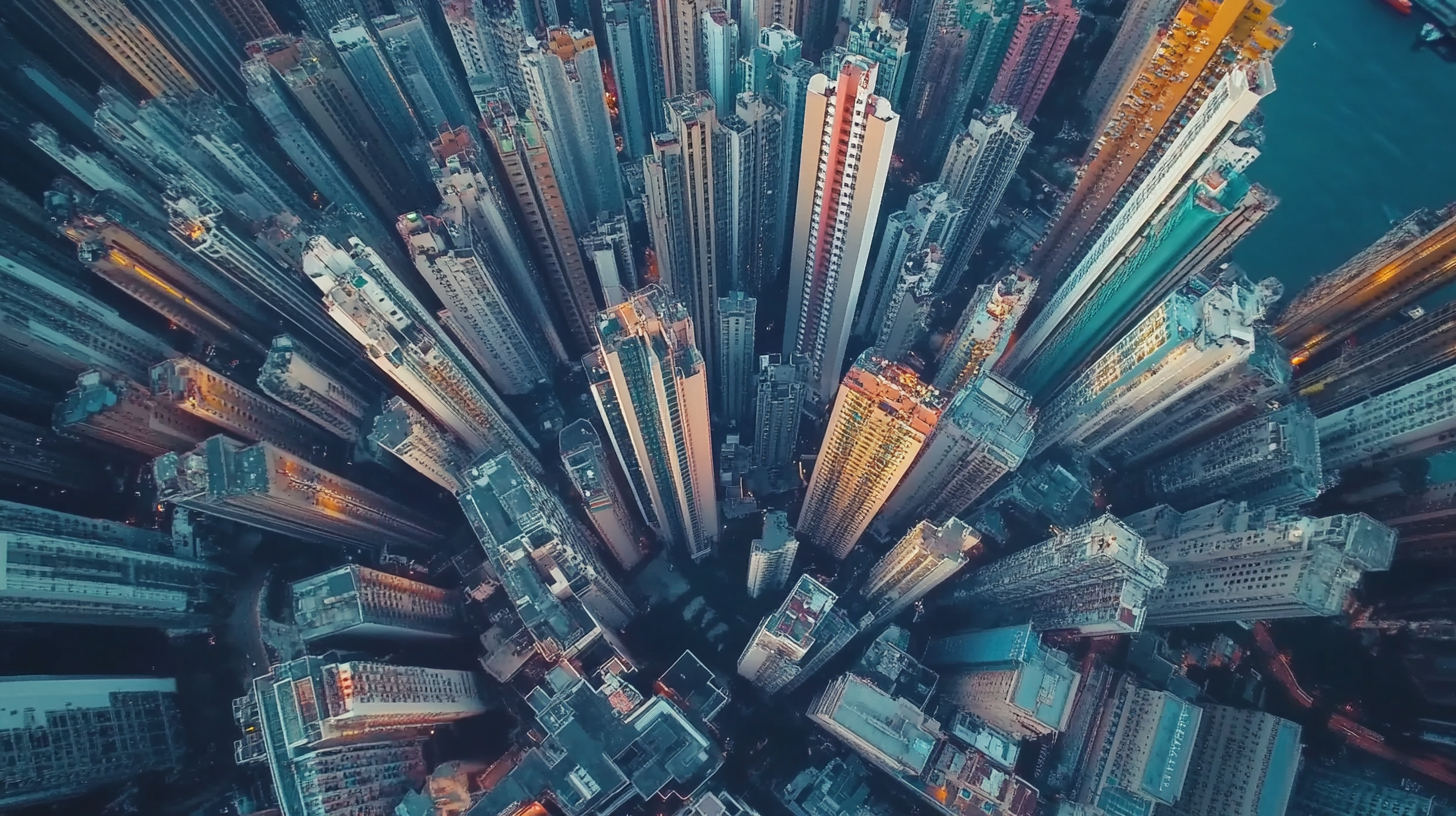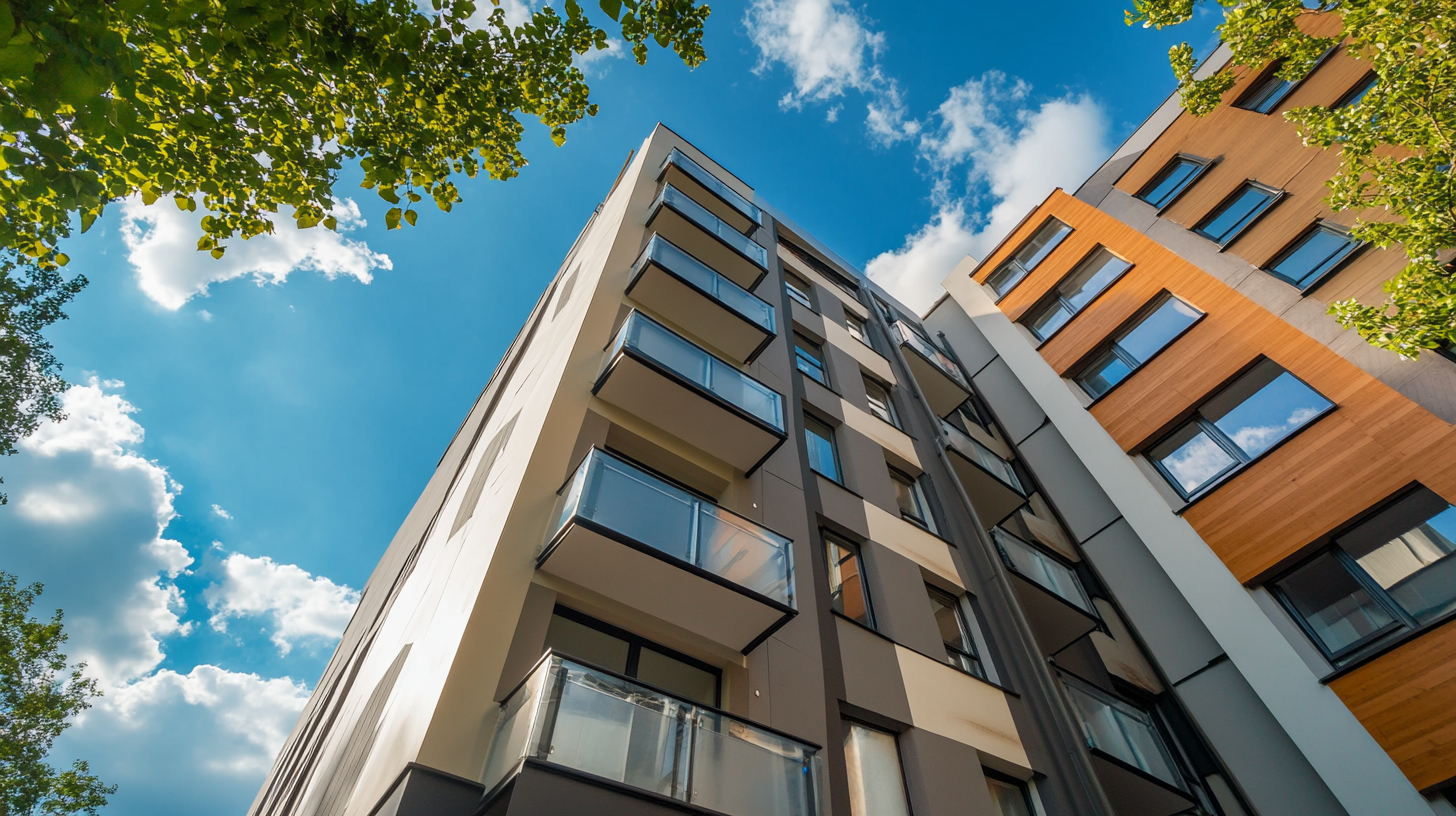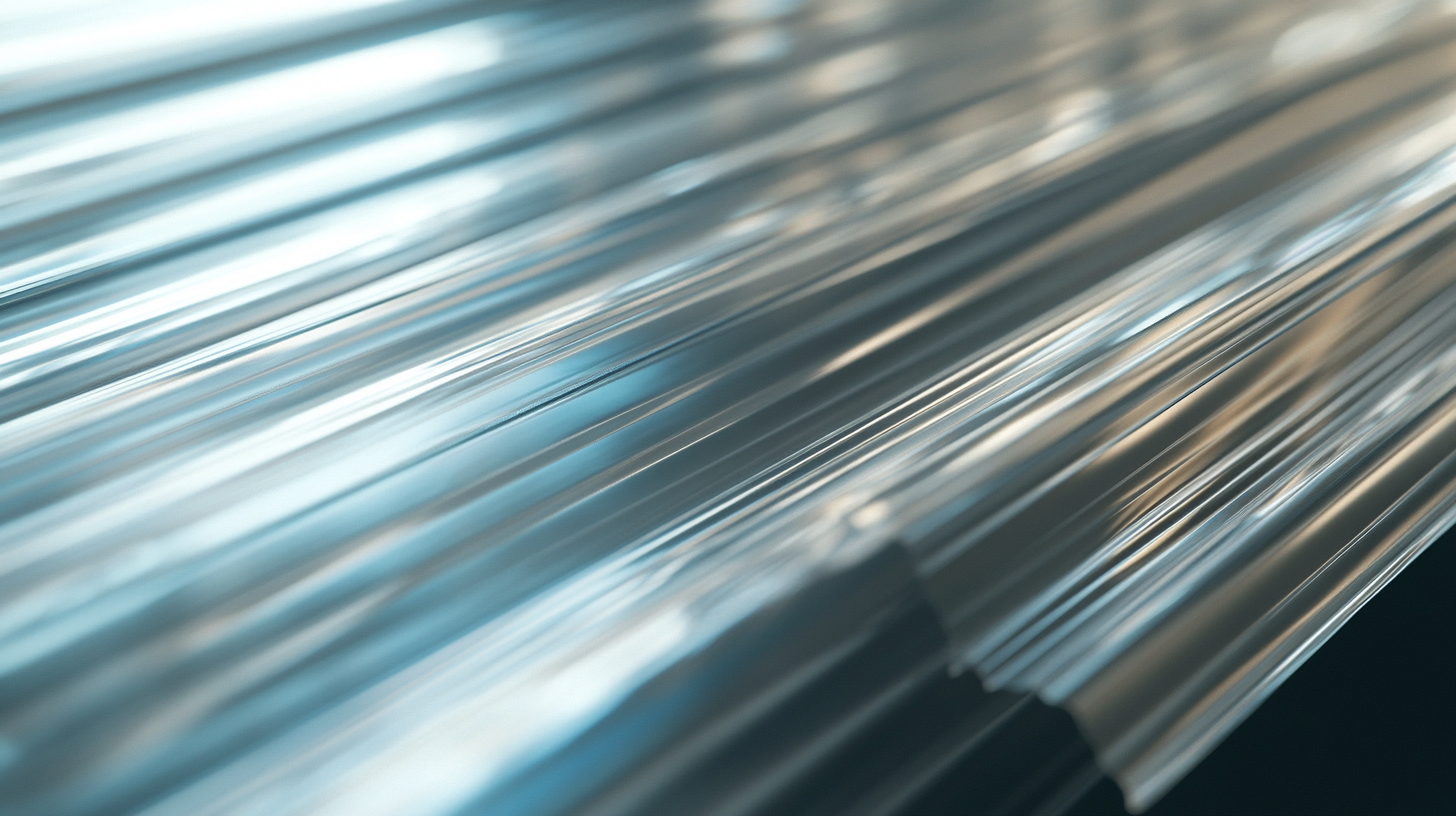
In the construction industry, the demand for durable and high-performance materials has led to a significant increase in the use of plastic cladding sheets. According to a report by Grand View Research, the global plastic cladding market is expected to reach USD 50.51 billion by 2025, growing at a compound annual growth rate (CAGR) of 5.4%. This growth can be attributed to the materials’ lightweight nature, weather resistance, and low maintenance requirements, making them an ideal choice for various building applications. Ensuring the longevity of plastic cladding sheets is vital, as it not only enhances the aesthetic appeal but also contributes to the economic efficiency of construction projects.
To maximize the durability of plastic cladding sheets, it is essential to understand the factors that affect their performance. Research from the American Institute of Architects indicates that high-quality plastic cladding systems can reduce energy costs by up to 30% compared to traditional materials. Proper installation techniques, regular maintenance, and choosing the right type of plastic are crucial in extending the lifespan of these materials. By implementing best practices and being informed about the properties of plastic cladding sheets, builders and architects can optimize their use, ensuring that these materials meet both functional and aesthetic needs while standing the test of time.

When considering the durability of plastic cladding sheets, it's essential to first understand their composition and features. Plastic cladding, typically made from materials such as PVC or polycarbonate, offers a high level of resistance to weathering, UV light, and impact, making it an ideal choice for various building applications. For example, the durability of PVC cladding has been reported to maintain structural integrity even after years of exposure to harsh environmental conditions, which is a significant advantage over traditional materials. The features of plastic cladding sheets also contribute to their longevity. Many modern sheets incorporate enhancements such as flame retardants and anti-fungal agents to prevent degradation from fire or microbial growth. Additionally, advancements in manufacturing techniques allow for the production of cladding that mimics the appearance of more expensive materials, such as aluminum or timber, while retaining the lightweight and flexible characteristics inherent to plastics. Industry reports indicate that buildings utilizing such innovative plastic cladding can experience lower maintenance costs due to their resistance to rot and corrosion. Moreover, compared to traditional building materials, plastic cladding sheets provide an energy-efficient solution. Their insulative properties can lead to reduced energy consumption in heating and cooling systems, contributing to overall sustainability in construction. With global construction trends increasingly favoring environmentally friendly materials, the adoption of high-quality plastic cladding is expected to rise significantly, showcasing its role in the future of architectural design.

When it comes to installing plastic cladding sheets, following best practices is essential to ensure their longevity and overall performance. The first critical step is preparation. Before installation, inspect the structural surface where the cladding will be applied. Ensure that it is clean, dry, and free of any debris or moisture that could compromise adhesion. Additionally, acclimatizing the cladding sheets to the ambient temperature before installation helps to prevent warping and ensures a more accurate fit.
Another important consideration is the application of the proper fasteners. Choosing the right type and size of fasteners can greatly enhance the durability of the cladding. It is recommended to avoid over-tightening screws, as this can lead to stress fractures in the plastic. Instead, leave a small amount of space for thermal expansion and contraction. Utilizing washers can also distribute the load more evenly and reduce the risk of cracking.
Finally, proper sealing and maintenance play vital roles in maximizing the cladding's lifespan. Using high-quality sealants around edges and joints is crucial to prevent water ingress, which can lead to mold and degradation of the material over time. After installation, regular inspections and maintenance, such as cleaning and re-sealing if necessary, can significantly extend the life of your plastic cladding sheets, ensuring they continue to perform well under various environmental conditions.

To maximize the durability of plastic cladding sheets, regular maintenance is essential for maintaining both their appearance and functionality. Given that plastic cladding is often exposed to various environmental elements, implementing a routine maintenance schedule can significantly extend their lifespan. According to industry reports, regular cleaning can remove harmful debris that may cause discoloration, mold growth, or even structural damage over time. It is recommended to wash cladding sheets with a mild detergent and water at least once every six months to keep them looking new.
In addition to cleaning, inspecting your cladding sheets for signs of wear and tear is crucial. Look for cracks, fading, or sections that may be lifting. Timely repairs can prevent minor issues from escalating into more significant problems, which could compromise the integrity of your building. Experts suggest applying a UV protectant annually to shield the material from sun damage, as prolonged exposure can lead to brittleness and discoloration.
Moreover, consider the installation environment. Proper sealing around windows and doors can prevent water intrusion, which is especially vital for preserving plastic cladding during adverse weather conditions. A study indicated that buildings with well-maintained exteriors can enhance property value by up to 15%, underscoring the importance of diligent upkeep. By following these maintenance tips, you can ensure that your plastic cladding sheets not only look good but also perform optimally for years to come.

When considering the longevity of plastic cladding sheets in building applications, it's essential to recognize the environmental factors that can significantly impact their durability. A variety of external conditions—such as UV radiation, temperature extremes, humidity, and pollution—can degrade plastic materials over time. For instance, prolonged exposure to sunlight can lead to fading and loss of structural integrity, while temperature fluctuations can cause the sheets to expand and contract, potentially leading to warping and cracking.
To mitigate these environmental influences, selecting high-quality plastic cladding sheets with UV inhibitors and protective coatings is crucial. These enhancements help shield the material from the harmful effects of sunlight and can prolong its lifespan. Additionally, incorporating proper ventilation and drainage systems can reduce moisture buildup, which is a common cause of degradation in plastic. Furthermore, regular maintenance, including cleaning and inspections, can address potential issues before they escalate, ensuring that the cladding remains in optimal condition.
Another effective strategy for enhancing durability is to consider the geographical location of the building. Areas prone to heavy rainfall or extreme weather events might benefit from the installation of cladding with a higher impact resistance. Ensuring that the sheets are securely fastened and installed correctly can also prevent them from being dislodged in high winds, further safeguarding their longevity. By addressing these environmental factors thoughtfully, builders can ensure that their plastic cladding sheets stand the test of time.
Innovative technologies and treatments are transforming the construction landscape, particularly in the use of plastic cladding sheets. These advancements not only enhance the aesthetic appeal of buildings but also significantly improve the sheets' durability and performance. For instance, the integration of advanced coatings and polymer blends can make cladding sheets resistant to harsh weather conditions, UV degradation, and chemical exposure. This ensures that buildings maintain their structural integrity and visual appeal over time, even in challenging environments.
Moreover, recent trends in materials science highlight the importance of sustainability and environmental considerations in the selection and treatment of cladding materials. Techniques that emphasize eco-friendliness, such as the use of recycled content and energy-efficient manufacturing processes, are gaining momentum. Just as innovations in healthcare are pushing for improved outcomes through technology and data analytics, the construction industry is leveraging smart manufacturing and innovative treatments to enhance the lifespan and efficiency of building materials.
As building needs evolve and the demand for sustainable practices increases, embracing these innovative solutions for plastic cladding sheets will be crucial. Not only do they contribute to stronger, longer-lasting structures, but they also align with broader trends in environmental responsibility that echo the transformations seen in sectors like healthcare and water treatment. The future of construction hinges on our ability to adopt and refine these innovative technologies for a more resilient and sustainable built environment.
